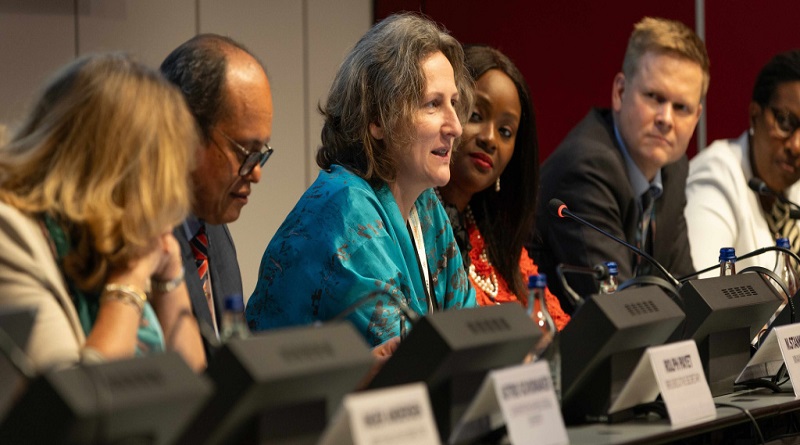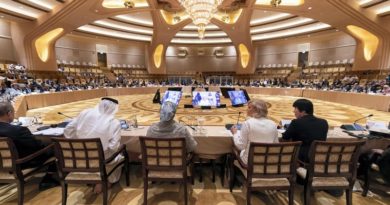Leaders unite at 2025 BRS COPs to advance synergies for a healthier planet
Leaders in the environment sector have explore ways to address and find solutions to the global challenge of climate change, nature and pollution.
“We are proud of the Kunming-Montreal Global Biodiversity Framework, and especially Target 7, which recognizes pollution as a critical threat to biodiversity”, said Inger Andersen, Executive Director of UNEP, as she opened the session. “By addressing these challenges in an integrated way, we do not just solve one problem, we find solutions that ripple across the climate, nature, and pollution agendas”.
The event gathered top-level leaders and experts to explore how collaboration across multilateral environmental agreements can accelerate progress toward a pollution-free, biodiverse, and sustainable future.
In her intervention, Monika Stankiewicz, Executive Secretary of the Minamata Convention, highlighted concrete examples of policy coherence at the national level: “An increasing number of countries are integrating chemical pollution targets into their national biodiversity strategies and action plans in line with the Global Biodiversity Framework, which is very encouraging. This opens up new opportunities to implement environmental conventions in a synergistic way”. Such policy coherence has been encouraged in the decisions of the Minamata Convention Conferences of the Parties.
Stankiewicz also referred to existing guidance that can be used in national-level work: “At the Minamata Convention Secretariat, we are developing new guidance on integrating actions and targets to reduce mercury use in artisanal gold mining into updated biodiversity plans, as well as another guidance on the effective engagement of Indigenous Peoples, local communities and other stakeholders in addressing mercury use in such mining”.
Panelists emphasized that the convergence of chemical and biodiversity policies is no longer optional; it is essential. From shared indicators and coordinated reporting systems to cross-sectoral national coordination and capacity-building, the event shed light on how systemic cooperation can turn invisible threats into visible solutions.
Speakers included Astrid Schomaker (Executive secretary, Convention on Biological Diversity), Rolph Payet (Executive Secretary, BRS Conventions), Monika Stankiewicz (Executive Secretary, Minamata Convention), Musonda Mumba (Secretary General, Convention on Wetlands), Niklaus Wagner (Switzerland), Juliet Kabera (Rwanda), and Kay Williams (Global Framework on Chemicals), with Ludovic Bernaudat (UNEP) moderating the session.
As countries advance the implementation of the Global Biodiversity Framework and the Global Framework on Chemicals, this side event reinforced the importance of whole-of-government approaches that foster cooperation and coordination across biodiversity and chemicals agendas, highlighting how synergies can enhance the efficiency and effectiveness of global environmental commitments and deliver tangible results on the ground.
This event was organized by UNEP, alongside the Secretariats of the Convention on Biological Diversity, the Basel, Rotterdam and Stockholm Conventions, the Minamata Convention on Mercury, the RAMSAR Convention on Wetlands, the Convention on Migratory Species, and the Global Framework on Chemicals.




